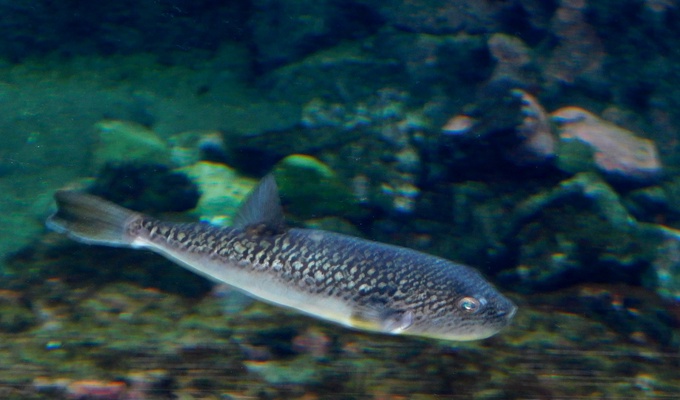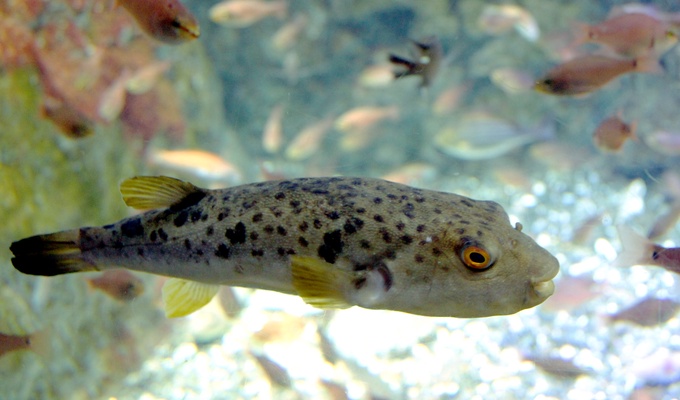The fugu in Japanese, bogeo or bok in Korean, and hétún in Standard Modern Chinese is a pufferfish, normally of the genus Fugu, Fugu, or Fugu, or a porcupinefish of the genus Diodon, or a dish prepared from these fish.
Fugu can be lethally poisonous to humans due to its tetrodotoxin, meaning it must be carefully prepared to remove toxic parts and to avoid contaminating the meat.
The restaurant preparation of fugu is strictly controlled by law in Japan and several other countries, and only chefs who have qualified after three or more years of rigorous training are allowed to prepare the fish. Domestic preparation occasionally leads to accidental death.
Fugu is served as sashimi and nabemono. The liver was served as a traditional dish named fugu-kimo, being widely thought to be a tasty part, but it is also the most poisonous, and serving this organ in restaurants was banned in Japan in 1984. Fugu has become one of the most celebrated dishes in Japanese cuisine.



